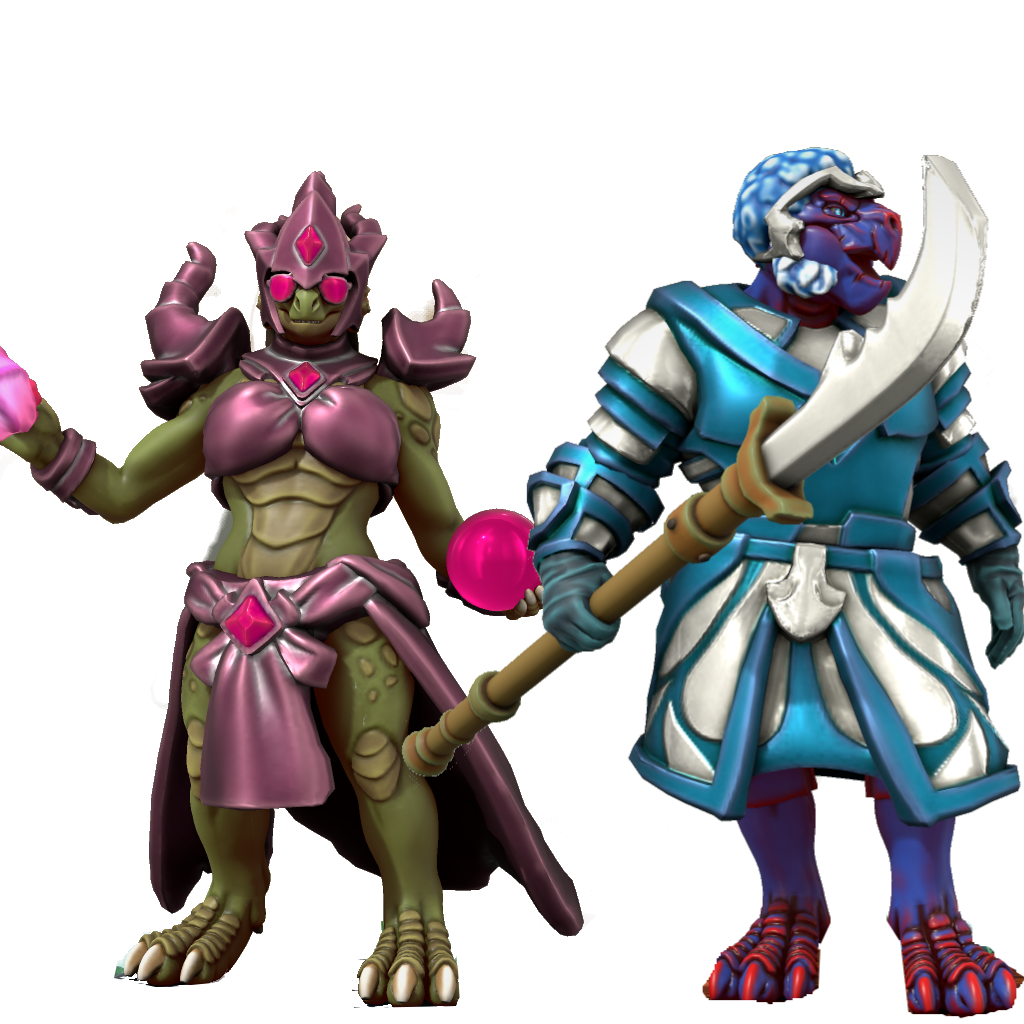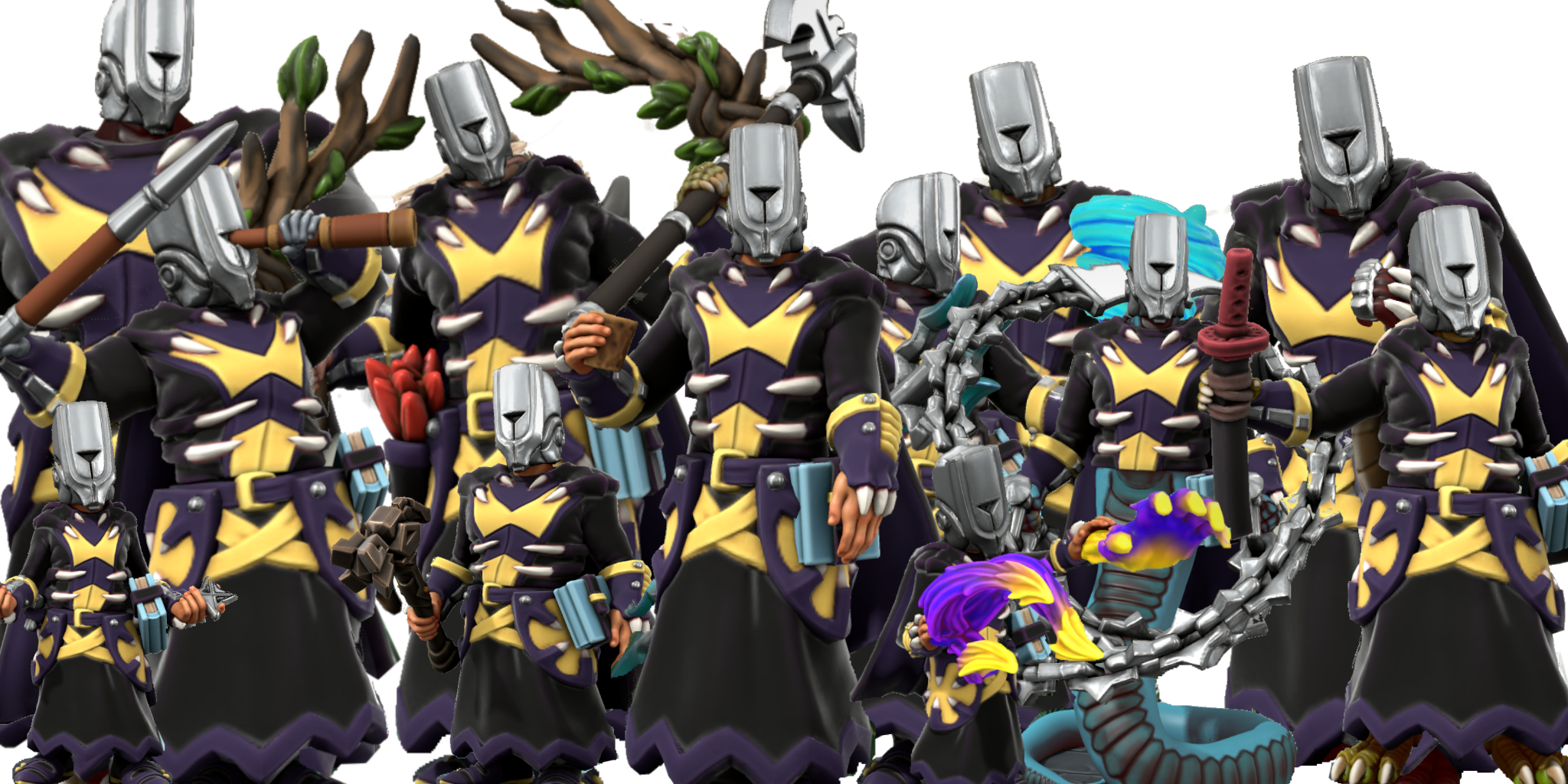The Totanian Calendar
The Totanian Calendar consists of 12 months. The standard calendar, known as the Draconis Calendar, was created in Draconian territory by the 6th Grand Wizard, Brenvorth Taldis, and was further improved upon by the 7th Grand Wizard, Perzita Theldrar.
Other cultures have calendars, or have a way of keeping track of time. For instance, Korvian calendars feature shorter months. This allows for shorter years, with years that span only 110 days. Due to this, Korvians that follow the calendars believe themselves to be much older than they are.
The Korvians replaced these calendars with Draconian, much to the dismay of those that want to hide their ages. Some Korvian nobles still use the Korvian Calendar.
The Draconis Calendar
The Draconis Calendar is the world's standard calendar. It consists of 12 months, each with a standard amount of days ranging from 28-31. The months are as follows:- Month of Dawn- Often referred to simply as "Dawn," this month begins the year. Due to this, Brenvorth considered it to be a new dawn, and named the month accordingly.
- Month of Frost- Known simply as "Frost," this month is when snow begins falling in the more northern regions of the world. Perzita Theldrar, who travelled around the world, adored this phenomenon, and named the month after it.
- Month of Mysteries- Brenvorth Taldis considered this month the worst in the year. He claimed that he had rarely had a good time in the third month of the year, and that by the end of the month, he always knew whether the year would be good or bad. Entering the month, however, was always a mystery. For this, he named it the Month of Mysteries, which is shortened down to simply "Myst." Perzita Theldrar, who had prediction magic, disagreed with the idea, but liked the name and decided to keep it.
- Month of Defeat- This was the month of Brenvorth Taldis's defeat to Perzita. To flex on him, she named it the Month of Defeat so his loss would be immortalized in history. Brenvorth's name for the month was the Month of Glory for its significance in Draconian battle history. This month is often shortened to "Defe."
- Month of Gifts- This month has a popular holiday that Perzita found from the Gnomes. She brought it to Draconian society, and now it is all over the world. What the holiday consists of is Gnomes gather together and give gifts to their loved ones. This holiday is called Avos in Gnomish.
- Month of Festivals- While Avos takes place in the Month of Gifts, the Month of Festivals is jam-packed with Draconian celebrations and others from around the world. Nearly every day of the month contains a holiday or festival of some sort, though not all are celebrated in a bombastic way.
- Month of Sunlight- The hottest time of the year, where the sun shines brighter. Brenvorth Taldis enjoyed this, as he liked to lounge on the beach, so he named it after his favorite part of that time, the hot sun. It is shortened to "Sun."
- Month of Dreams- It has been observed that in this month, the dreams of the general populous become more vivid. While the phenomenon cannot be traced back to anything in specific, though many consider that it may be a spell from a Dream Mage of old, it is a generally agreed upon fact. This month is often when a holiday known as Wurunwa happens, and people around the world write a letter with their greatest dream or aspiration on it, and toss it out to sea. Those that do not live near a body of water will instead tear it up, and even sometimes eat it. This month is normally called "Drea"
- Month of Sorrow- There was a great tragedy that took place in this month, and the Draconians take the entire month to observe it. Abreviated to "Sorr" on most calendars.
- Month of Chaos- A busy month for Draconians, as those at and around the Magic College begin to have their work pick up, while many villages begin to ask the villagers to help around the village to prepare for the coming months. This month is abreviated to "Cha."
- Month of Torment- The month where few exceptional things happen, though intense work can be expected as people prepare for the final month. Often shortened to "Torm."
- Month of Reckoning- This is the month where Draconians especially look back on their year and determine whether they wasted it or not. The month is where all their work from the past few months, and their reflection in Sorr, come to a head and are allowed to come out. They often take the time to confront someone they've been meaning to talk to, and there is even a tradition of gathering close friends/family and letting out anything you've been meaning to say. This month is called "Ecko" more often than the full name.
The Ancient Elven Calendar
Said to have existed since before the Holy Rebellion, the Ancient Elven Calendar never moved. As each year passed, it remained rigid, with no extra days despite the remaining time. What this meant is that Elves would have to, at the end of each year, account for lost time. Therefore, they would sit together for a day at the end of every few calendar years, what they called an unofficial day, where no work was done. After all, the day did not exist. It also was rigid in that the months always started on the same day of the week, and if the week was not over by the end of the month, it would reset anyway. Its standard design existed for hundreds of years prior, but it was updated after the Holy Rebellion and coronation of Meiriris Nerifir, with the month names being changed to:- Or- Elven for gold, it is meant to represent the foundation of the Elven society, the gilded city of Camor which they all came from. This is the month where the city is cleaned inside and out to make it shine the remainder of the year.
- Boisée- Elven for forest, this month is where the Elves appreciate the Elven Forest that they originated in, which surrounds their city. It is a month to celebrate love and nature.
- Brutal- Elvish for brutal, it is a month that was initially created when Orcs, too, lived with the Elves, it served the purpose of celebrating Orcish achievement. After the March of the Orcs, it was looked down on by Elves, and since then many Elves despise this month for its brutish namesake.
- Désespoir- Elvish for despair, this is amonth that many find to be despair-inducing due to weather conditions and such, it is encouraged for Elves to wallow in seasonal depressions at this time so that the coming summer season may be enjoyed all the more.
- Espoir- Elvish for hope, this month was said to be a turning point during the Holy Rebellion when hope began to grow for the rebels.
- Sainte- Elvish for holy, this month is the month that Selene says is when she was first born, and therefore she is celebrated, particularly by the Lunar Raiding Festival.
- Liberté- The month when the Elves and Orcs defeated the Gods and regained their land and freedoms, which is why it is named freedom in Elvish.
- Royauté- The month of coronations, when all royals are officially crowned, which is why it is named royalty in Elvish.
- Unité- Unity in Elvish, a month after the events of the Holy Rebellion that celebrated the united people who were now free from their chains.
- Joyeux- A month of merriment and celebration, where Elven holidays fall.
- Lunaire- A month to celebrate the moon, Selene's symbol, which is why it is moon in Elvish.
- Réflexion- A month for reflections, where Elves may stare at themselves in the golden reflection of the city of Camor and think on the year. This tradition carried over into the Draconian "Month of Reckoning" that shares the same days as Réflexion. If the city is dirty as they reflect, note is taken for the month of Or's cleanings.
The Korvian Calendar
The Korvians once had a calendar. It consisted of shorter months and shorter years, which made their shortened life spans sound more impressive. Korvians months didn't have names, as keeping with Korvian tradition which did not have any naming conventions of their own. Instead, they just kept track of which month it was in the year. The months were all about ten days, and there were eight months in a year. Due to this, a Korvian's age would seemingly double, as they no longer lived 20 years, but instead seemingly 30 or 40 according to the calendars.The Korvians replaced these calendars with Draconian, much to the dismay of those that want to hide their ages. Some Korvian nobles still use the Korvian Calendar.





Comments